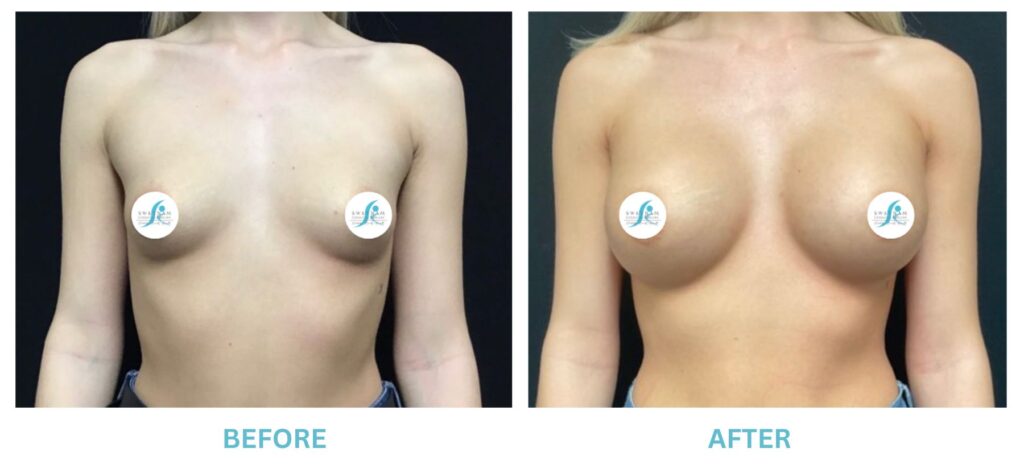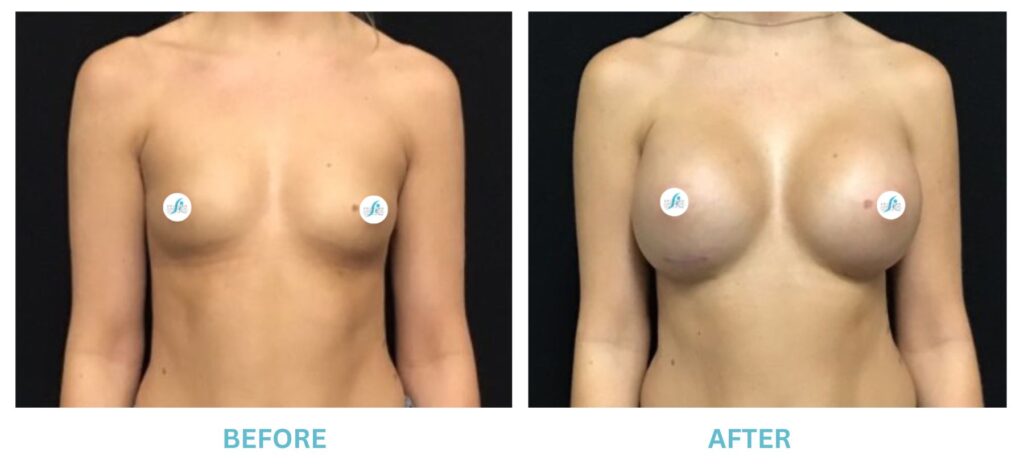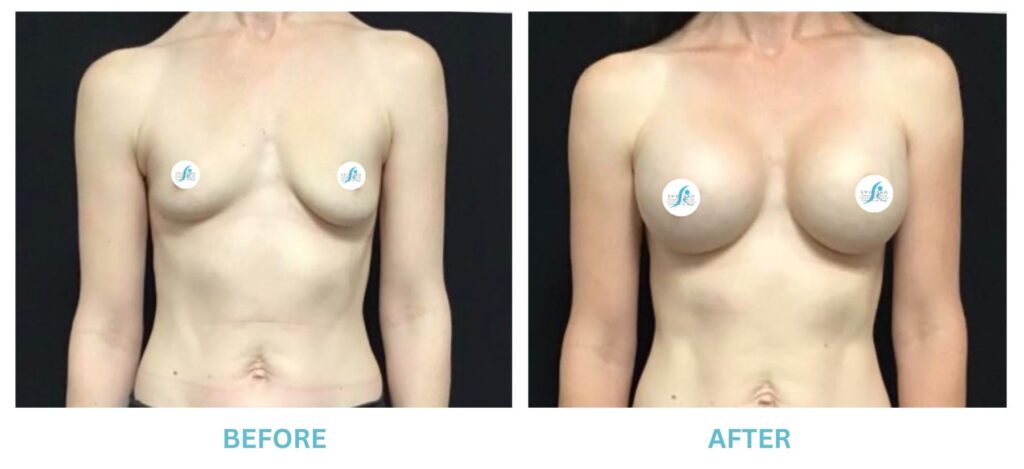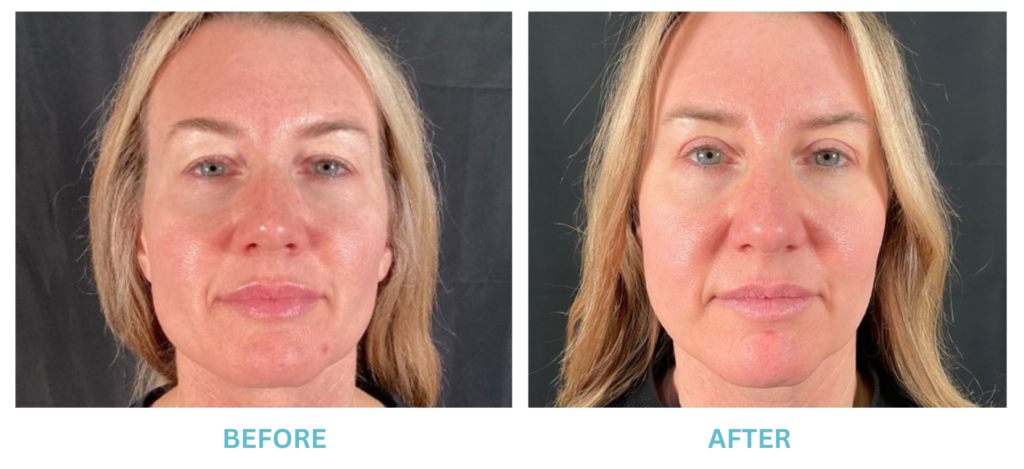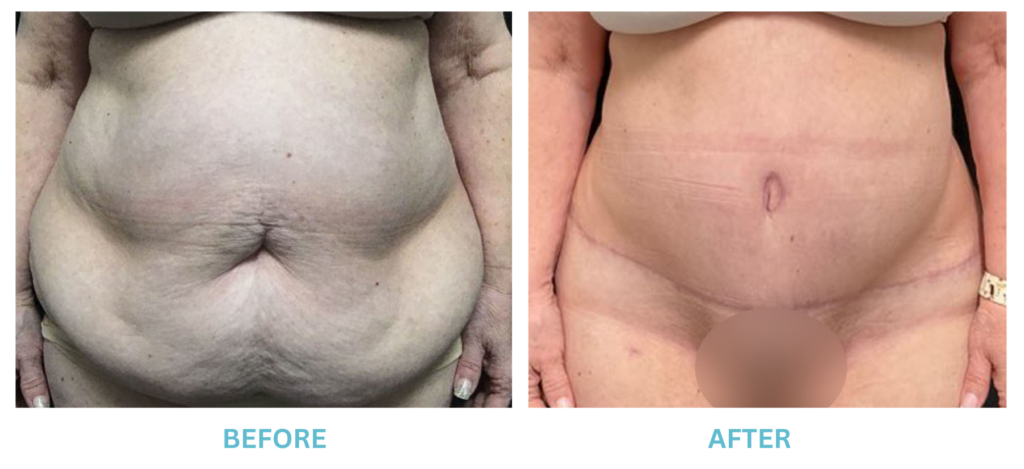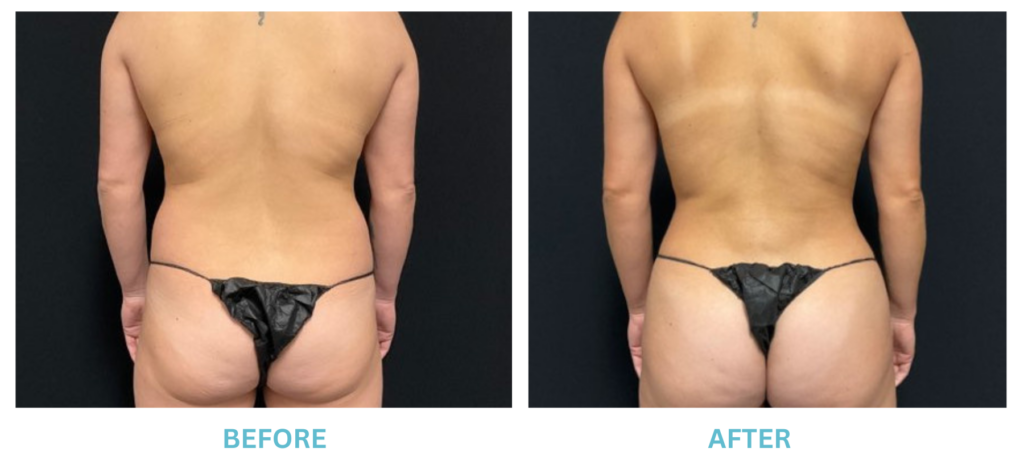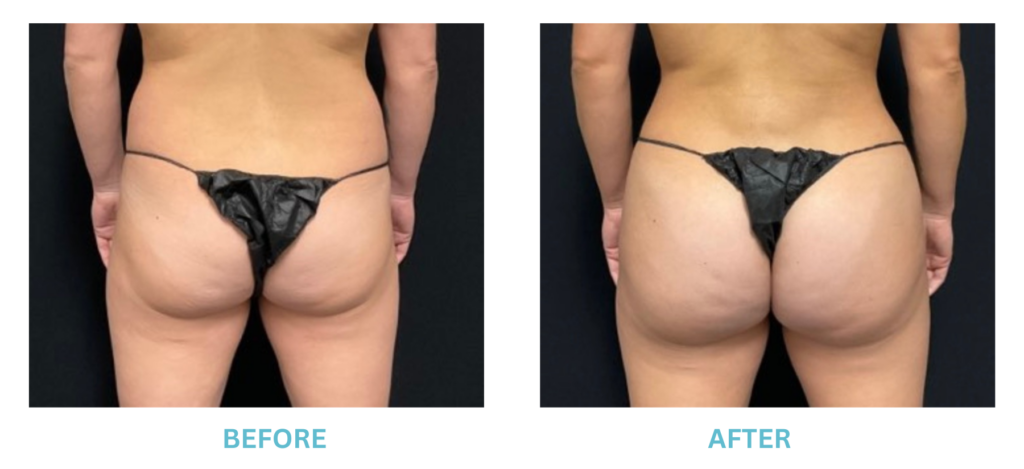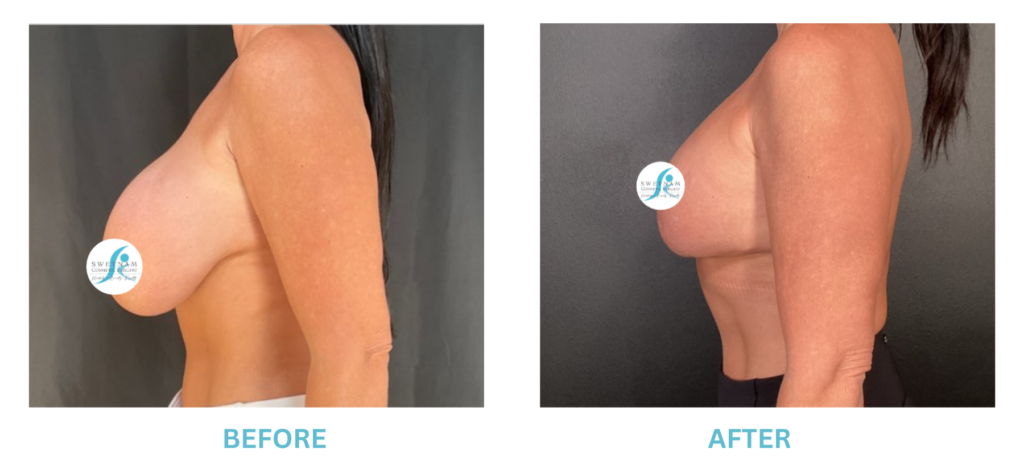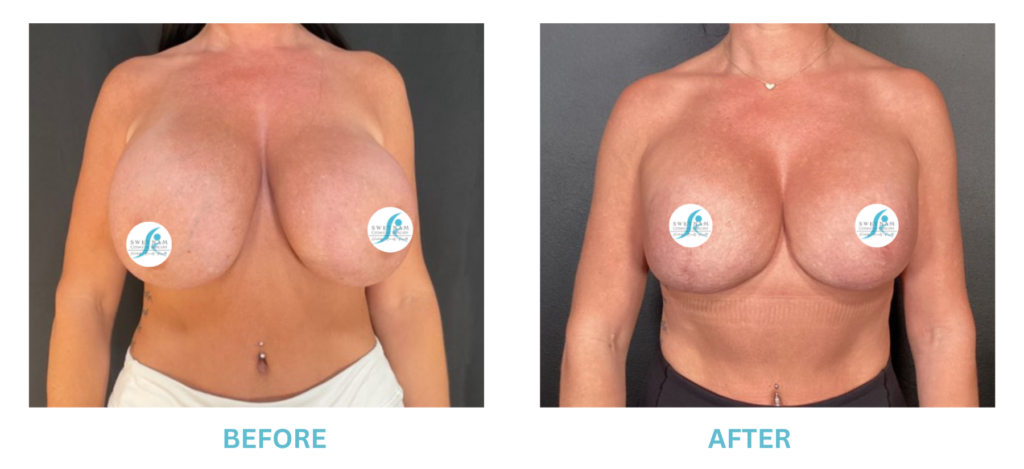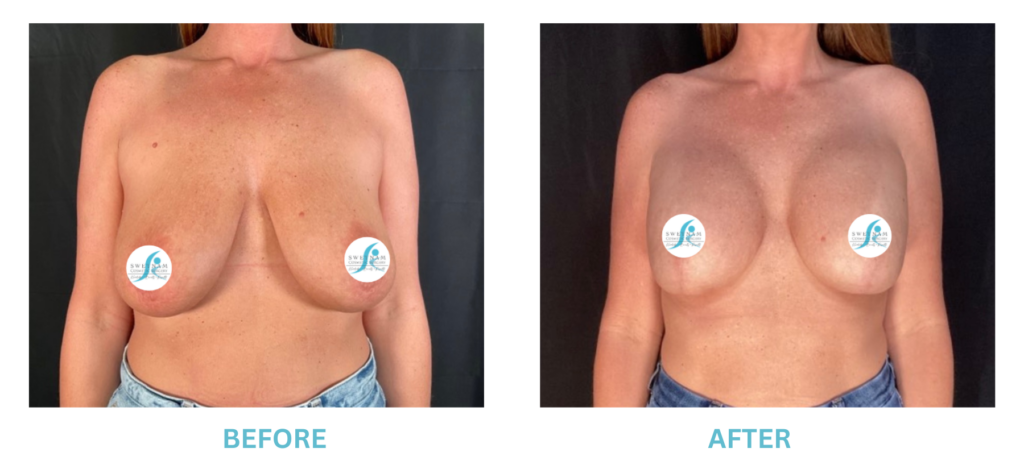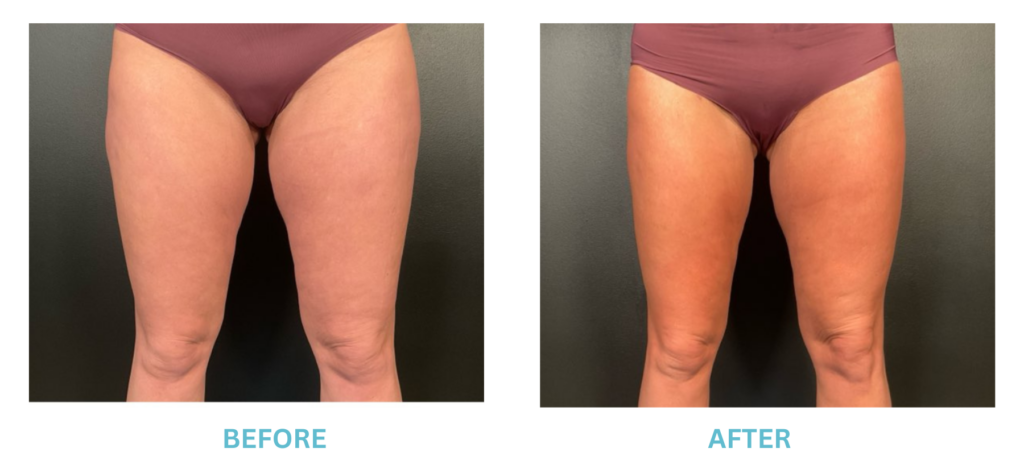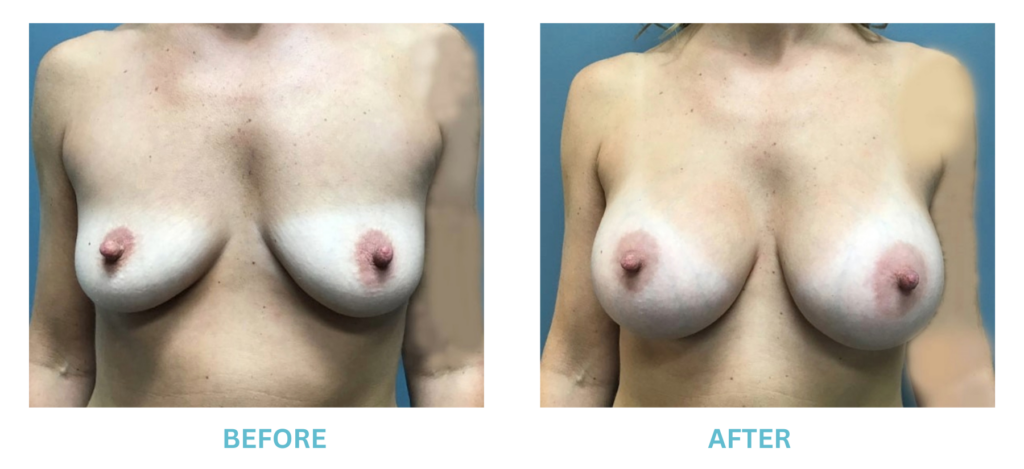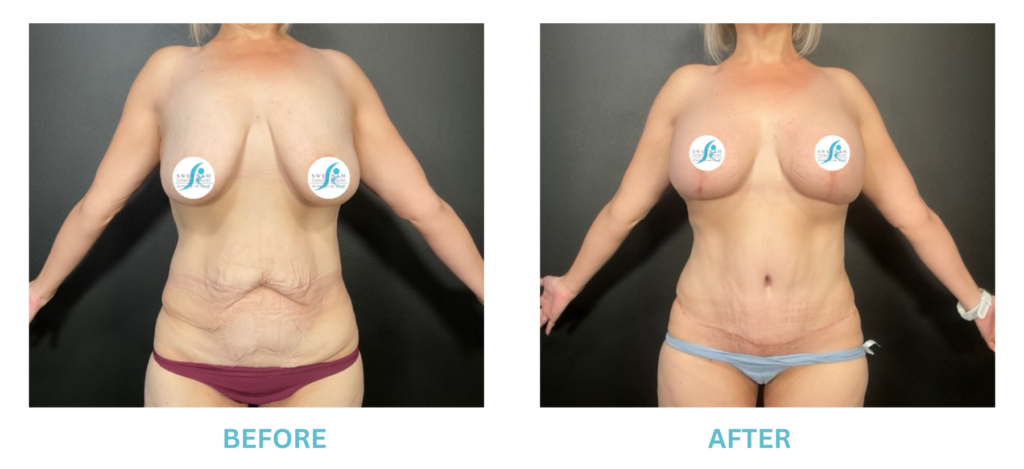Preparing for Male Breast Reduction: Essential Tips for Success

Gynecomastia, or the enlargement of male breast tissue, is a condition that affects millions of men. While often harmless, the appearance of man boobs can cause emotional distress and impact confidence. Male breast reduction, or reduction mammoplasty, offers an effective solution, providing a flatter, more masculine chest contour.
If you are considering this transformative aesthetic procedure, preparation is key. Read here to explore what male breast reduction entails, the factors behind gynecomastia, and the steps to take for a successful journey toward confidence and comfort.
What Is Male Breast Reduction?
Male breast reduction is a surgical intervention designed to address the excess tissue, fat, or glandular development in the male chest. This procedure sculpts and reshapes the chest, restoring a natural, toned appearance.
The Surgical Process
- Incision and Fat Removal. The surgeon makes small incisions, often hidden along the natural contours of the chest, to remove excess fat and glandular tissue using liposuction or excision techniques.
- Contouring and Skin Reshaping. If necessary, excess skin is trimmed, and the chest is contoured for a smooth, natural look.
- Custom Approach. The procedure is highly personalized, with each surgery tailored to the patient’s anatomy and aesthetic goals.
Male breast reduction offers long-term results, especially when paired with healthy lifestyle habits post-surgery.
What Causes “Man Boobs”?
Gynecomastia can stem from a variety of factors, ranging from hormonal imbalances to lifestyle choices. Understanding the underlying causes can help address the condition effectively and determine whether surgery is the right option.
Hormonal Imbalances
Testosterone and estrogen play critical roles in body composition. A reduction in testosterone levels or an increase in estrogen can lead to the development of breast tissue in men.
- Common Triggers. Puberty, aging, or certain medical conditions can disrupt hormonal balance, causing gynecomastia.
- Medical Evaluation. A thorough medical assessment can help identify whether hormonal imbalances are contributing to the issue.
Medications
Certain medications can have side effects that include gynecomastia. These may include:
- Anti-androgens used for prostate conditions
- Anabolic steroids
- Certain antidepressants
- Heart medications, such as calcium channel blockers
If medications are a potential cause, consulting with your healthcare provider about alternatives may be beneficial.
Lifestyle Factors
Unhealthy habits and lifestyle choices can also contribute to the development of excess chest tissue.
- Alcohol and Drug Use. Substances such as alcohol, marijuana, and amphetamines have been linked to gynecomastia.
- Obesity. Excess fat in the chest area can mimic the appearance of gynecomastia, often referred to as pseudogynecomastia.
Genetics and Medical Conditions
In some cases, gynecomastia may have a genetic or medical basis, such as:
- Klinefelter syndrome
- Liver disease
- Kidney disease
- Thyroid disorders
While understanding these factors is important, male breast reduction remains an effective solution for addressing the physical symptoms of gynecomastia, regardless of the cause.
How to Prepare for Male Breast Reduction
Proper preparation for male breast reduction surgery is essential for ensuring a smooth experience, optimal results, and a confident recovery. Taking the time to prepare both mentally and physically can make all the difference.
Below is a comprehensive guide on how to get ready for this transformative procedure:
1. Schedule a Detailed Consultation
The consultation with your cosmetic surgeon is the first and most important step in the preparation process. During this appointment, our surgeon will assess your chest, discuss your concerns, and create a personalized surgical plan.
- Discuss Goals. Be open about what you hope to achieve from the surgery. Bring reference photos if needed to illustrate your desired results.
- Medical History. Share details about any prior surgeries, medical conditions, or allergies. This helps your surgeon tailor the procedure to your specific needs.
- Diagnostic Tests. Your surgeon may request imaging or lab tests to confirm the presence of glandular tissue versus fat and to rule out other underlying conditions.

2. Commit to a Healthy Lifestyle
Leading a healthy lifestyle in the weeks leading up to surgery can improve your body’s ability to heal and reduce the risk of complications.
- Balanced Diet. Focus on a diet rich in lean proteins, whole grains, fruits, and vegetables to support tissue repair and boost immunity.
- Stay Hydrated. Proper hydration promotes skin elasticity and helps your body recover faster.
- Exercise Routine. While overexertion is discouraged before surgery, maintaining a regular exercise routine can improve circulation and overall fitness, making recovery easier.
3. Maintain a Stable Weight
Achieving and maintaining a stable weight before surgery is critical for optimal results. Significant weight fluctuations after surgery can impact the final appearance of your chest.
- Why It Matters. Excess fat in the chest area can mimic gynecomastia (pseudogynecomastia). Maintaining a healthy weight ensures the surgeon can accurately address the glandular tissue versus fat.
- Healthy Weight Management. Avoid extreme diets; instead, opt for sustainable eating habits and moderate exercise.
4. Stop Smoking and Alcohol Consumption
Smoking and alcohol consumption can interfere with your body’s natural healing process and increase the risk of complications during and after surgery.
- Smoking. Nicotine restricts blood flow and impairs wound healing. Aim to quit smoking at least 4 to 6 weeks before surgery.
- Alcohol. Avoid alcohol for at least a week before surgery, as it can thin the blood and increase the risk of bleeding.
5. Avoid Certain Medications and Supplements
Some medications and supplements can increase the risk of excessive bleeding during surgery. Be sure to provide your surgeon with a complete list of everything you take, including over-the-counter drugs and herbal supplements.
- Medications to Avoid. Blood thinners (e.g., aspirin, warfarin), anti-inflammatory drugs (e.g., ibuprofen), and certain herbal supplements like ginkgo biloba.
- Adjusting Medications. If you’re on any prescription medications, consult with your primary care physician or surgeon about potential adjustments before surgery.
6. Prepare Your Recovery Space
Having a comfortable and well-organized recovery area ready before surgery can make the post-operative period much smoother.
- Clothing. Invest in loose, button-up shirts or zip-up hoodies that are easy to put on and take off without irritating the surgical site.
- Supplies. Gather essentials like compression garments (as advised by your surgeon), ice packs for swelling, and prescribed medications.
- Comfortable Bedding. Arrange pillows to support an elevated sleeping position, which helps reduce swelling and promotes better circulation.
7. Follow Pre-Surgery Instructions
Your surgeon will provide specific pre-surgery guidelines tailored to your needs. Following these instructions closely is key to avoiding complications and ensuring your body is ready for surgery.
- Fasting. You may be required to stop eating or drinking for a set period before surgery, often 8 to 12 hours.
- Cleansing the Skin. Use an antiseptic wash as instructed to minimize the risk of infection.
- Arrive Prepared. Wear loose, comfortable clothing to your appointment, and avoid wearing jewelry or deodorant on the day of surgery.

8. Arrange Transportation and Assistance
Male breast reduction is an outpatient procedure, meaning you’ll be able to return home the same day. However, you won’t be able to drive or perform certain tasks immediately after surgery.
- Transportation. Arrange for a trusted friend or family member to drive you to and from the surgery center.
- Post-Surgery Support: Enlist someone to help you during the first 24 to 48 hours, as you may experience limited mobility and fatigue.
9. Set Realistic Expectations
Understanding what the procedure entails and setting realistic expectations can help you feel more confident and prepared.
- Immediate Results vs. Healing Time. While you’ll notice a difference in chest contour shortly after surgery, full results may take several weeks to months as swelling subsides.
- Scarring. Minimal scarring is expected, but incisions are strategically placed to ensure they are as discreet as possible.
Call Swetnam Cosmetic Surgery Today!
Transform your confidence and achieve the chest contour you’ve always wanted with male breast reduction surgery. At Swetnam Cosmetic Surgery in Northwest, AR, we specialize in delivering personalized, high-end care to help you look and feel your best.
Take the first step toward a more confident you—schedule your consultation today. Call us now to learn more about how we can help!










